June is National Safety Month so we asked Logan Wittmer, Editor of Popular Woodworking, to share his top shop safety tips. From keeping your shop organized and safely cleaned to personal protection, keep these safety tips in mind to ensure a safe building experience.
What are the areas to consider for safety inside your shop?
When it comes to shop safety, consider your shop surroundings. Make sure that your shop surroundings are nice and clean and free of tripping hazards.
To avoid tripping over cords, make sure your walkway is clear by keeping cords off the floor and putting away tools when finished.

Pieces of lumber can also be a tripping hazard, be sure to put it away properly in racks that are sturdy.

Cuts and dust that fall on the floor can make things slippery, so be sure to sweep and clean your shop when done.

Now that the lumber is off the floor and put away properly, the cords are off the floor, and the shop floor is clean, let’s talk about PPE, personal protection equipment. The two types of PPE that most of us use are safety glasses and hearing protection, but you also need to consider your respiratory safety as well.

Most people use safety glasses because it’s an immediate response protection meaning, if you get something in your eye, you know it immediately. We only have one set of eyes so be sure to wear safety glasses to protect yourself from sawdust and wood chips.
Hearing Protection
Hearing protection isn’t used as frequently as safety glasses because the damage is cumulative. You may not notice your ears ringing after one time in the shop, but years of running machinery can affect your hearing negatively. It doesn’t matter if they are in the ear or over the ear, they all offer the same protection.
Respiratory Protection
We’ve covered eye and ear protection, now let’s talk respiratory protection. Dust collectors are common in most shops and do a pretty good job at collecting the dust in the work area. The issue with dust collectors is that they don’t filter down to a size that’s going to protect our lungs. According to the EPA, airborne particles sized 2.5 microns and smaller can be inhaled and enter the bloodstream immediately.



Now is the time to take a look at your shop practices and make sure you are working safely. And most importantly, go out and build something!



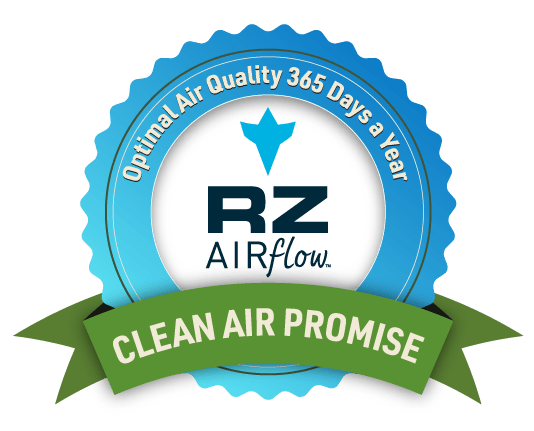
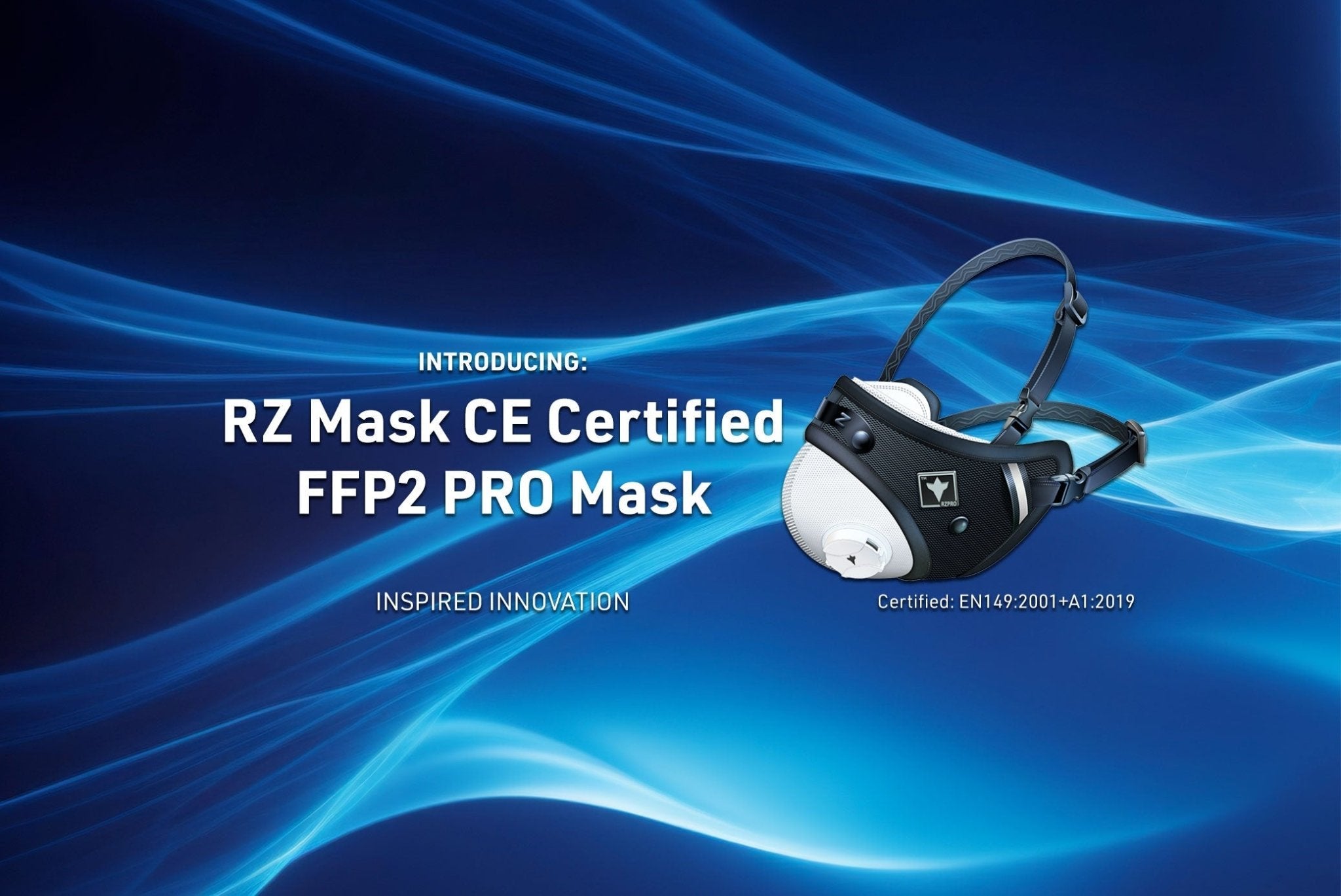

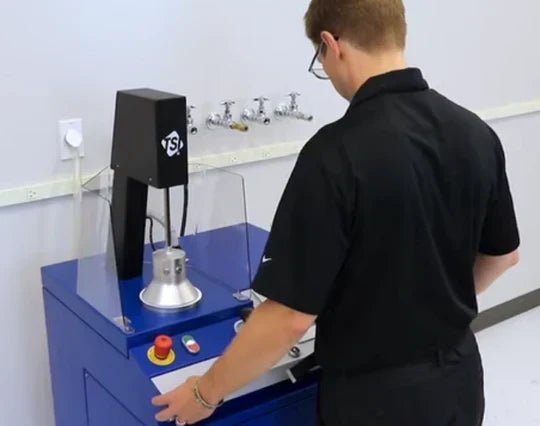
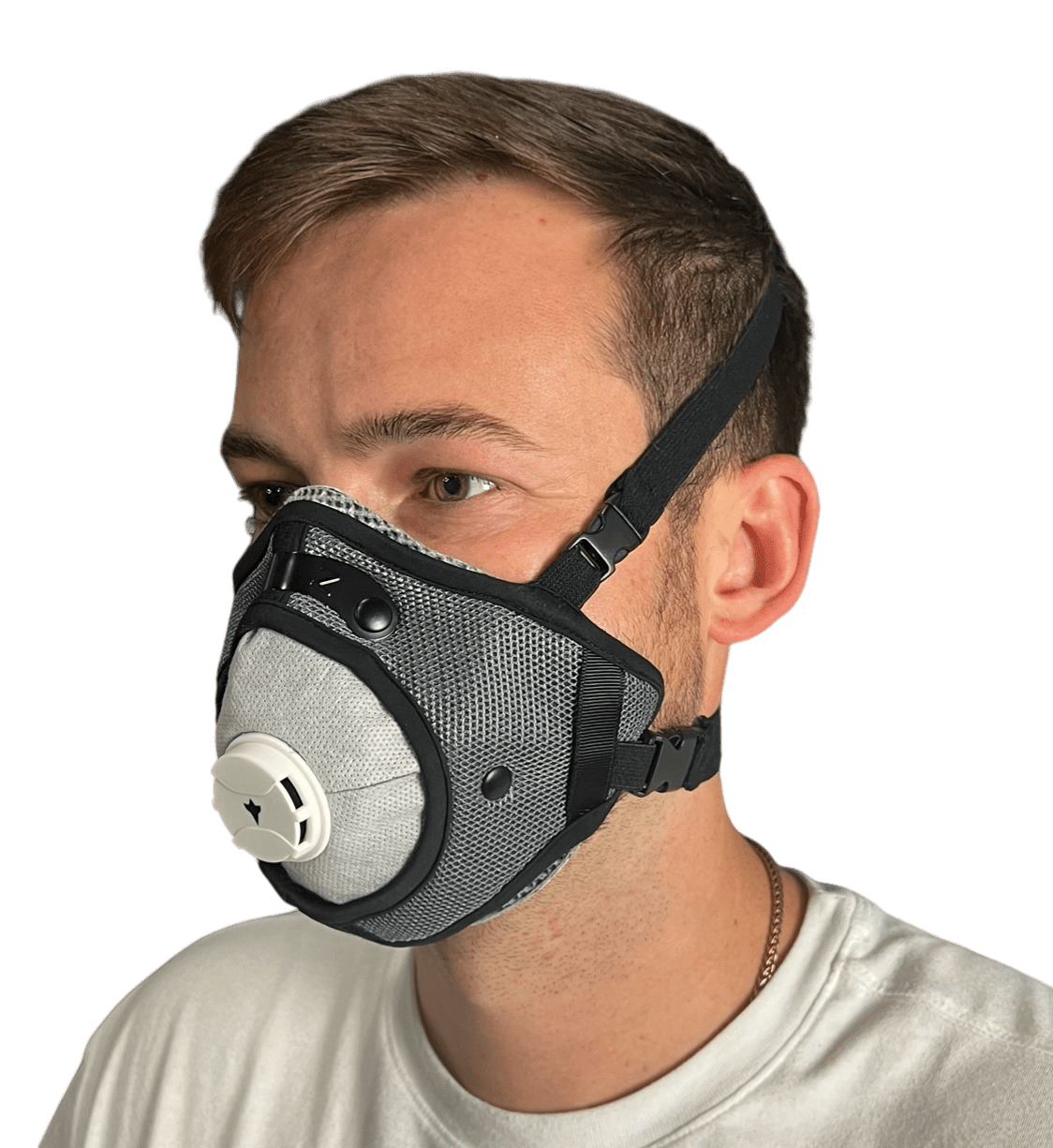
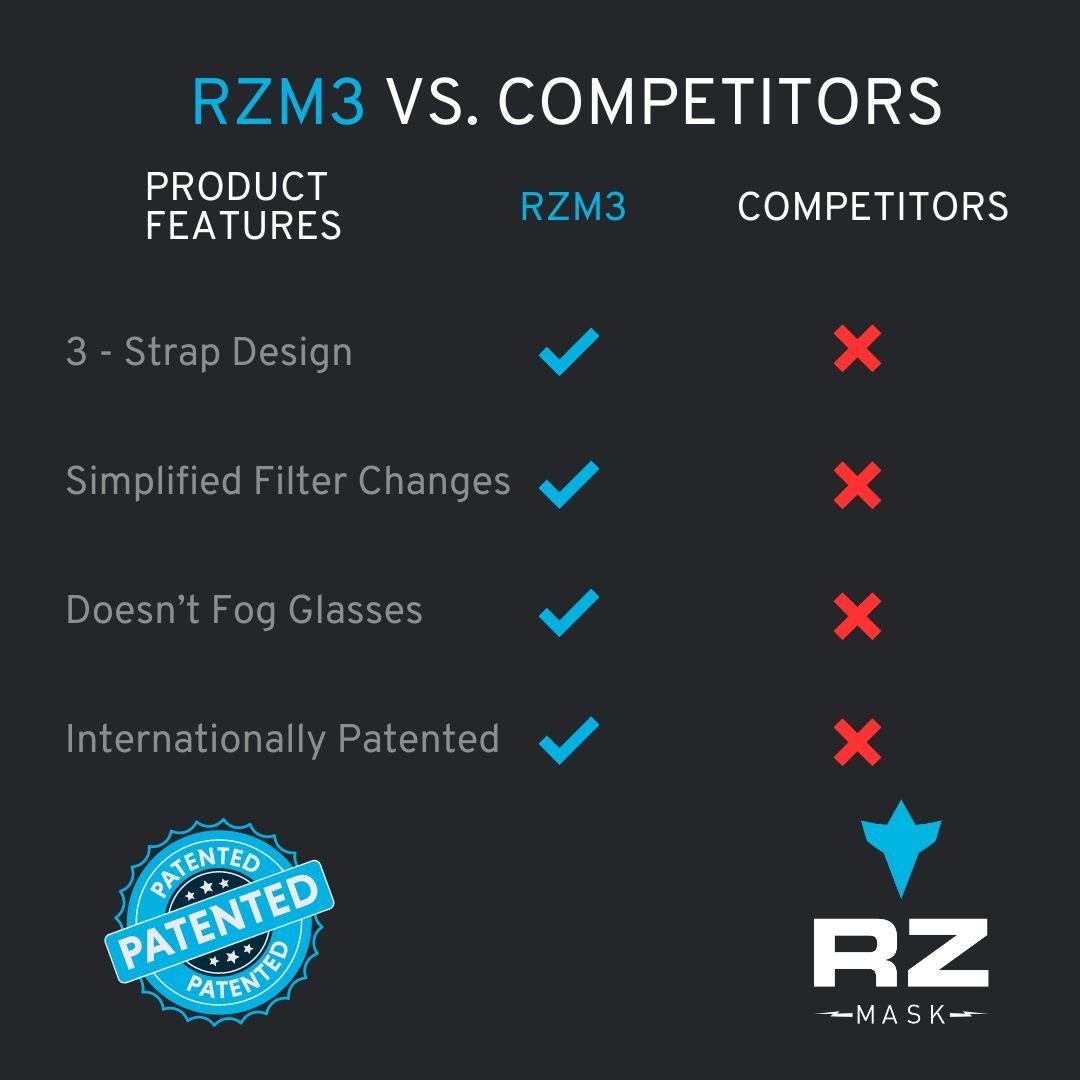
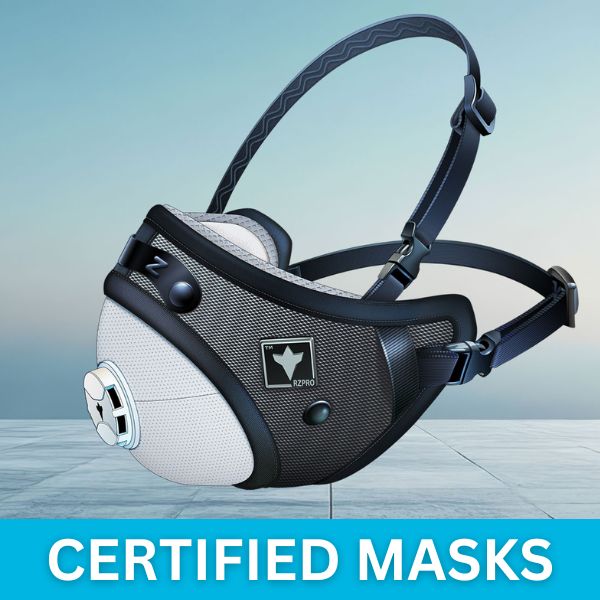

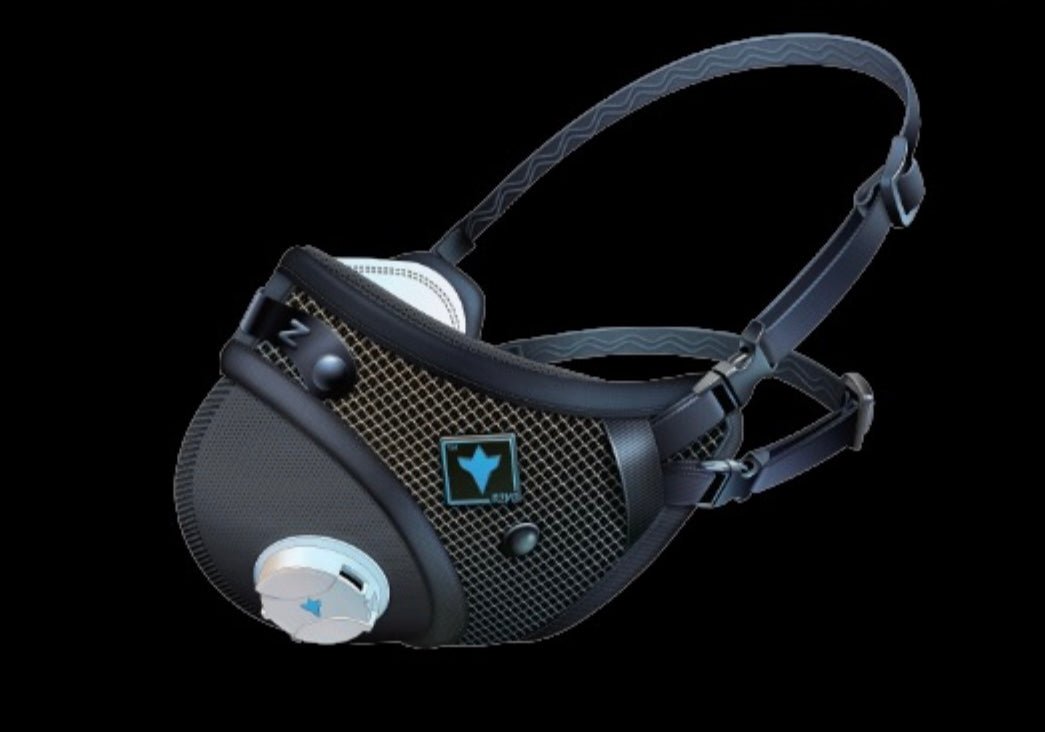
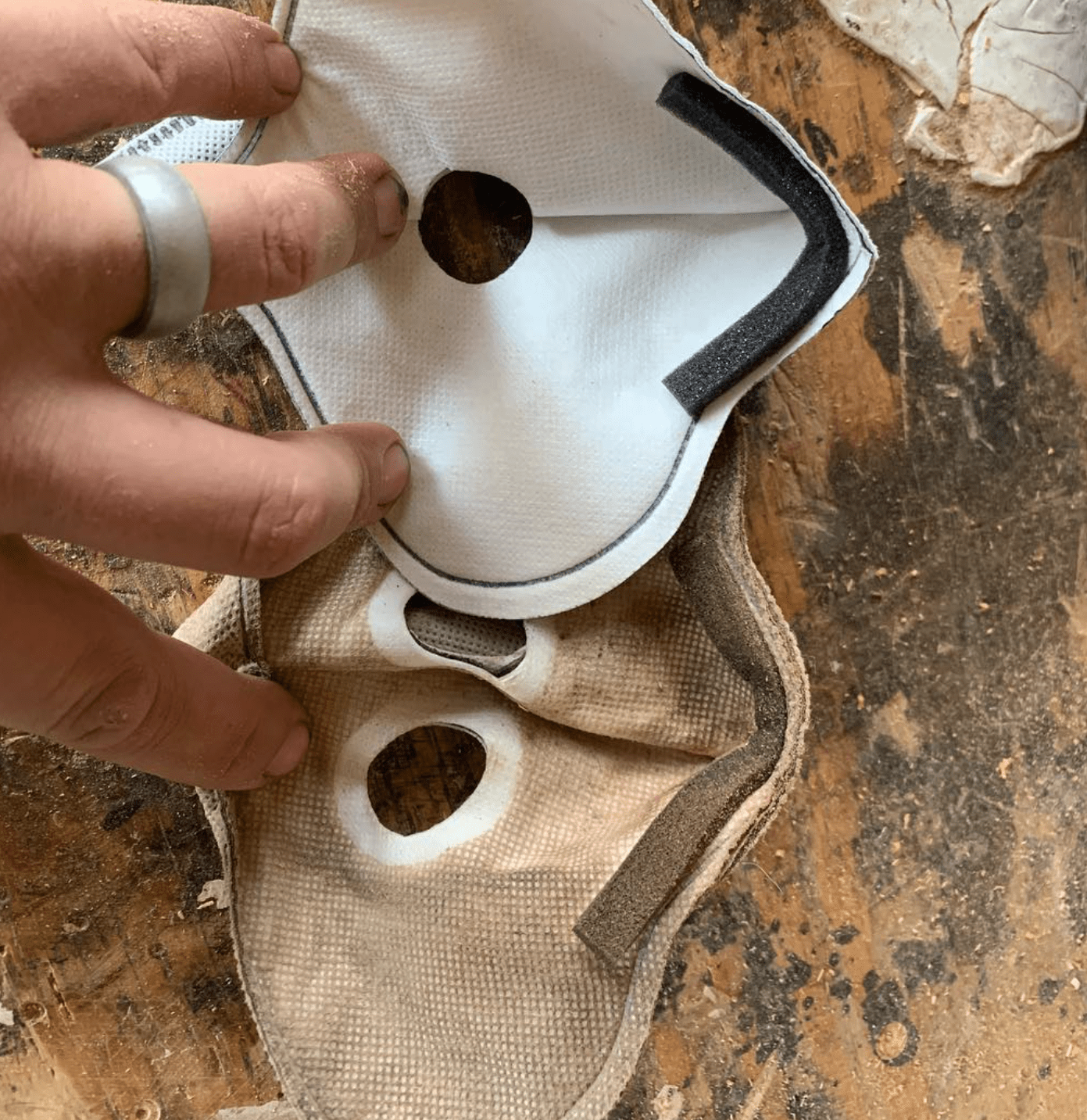
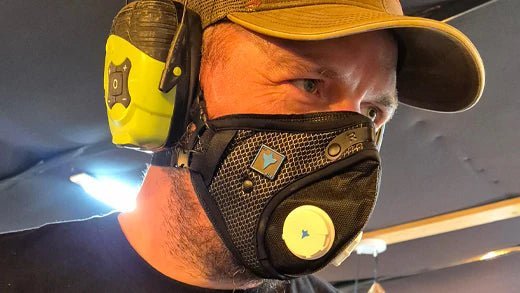

Behind the Mask: Ben Paik of Woby Design
Behind the Mask: Char Miller-King of @Woodenmaven